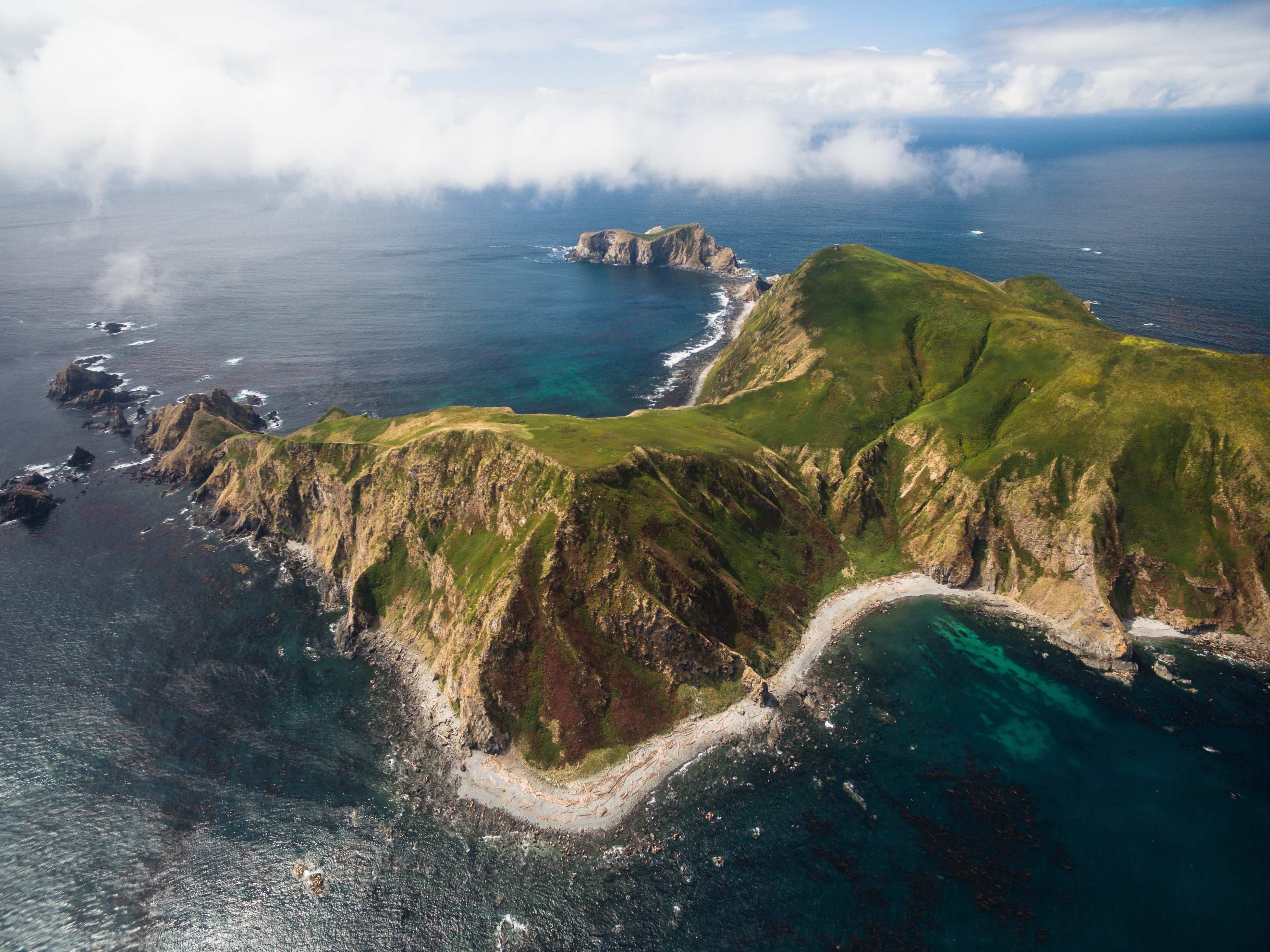The Scott Islands are home to the largest seabird nesting colony in B.C., including over 60,000 tufted puffins, half the world’s Cassin’s auklet population, glaucous-winged gulls, cormorants, rhinoceros auklets, common murres, thousands of sea lions, hundreds of other marine mammals and more. These populations depend on the waters proposed for protection for foraging and feeding their young. The draft regulations do not restrict any activities currently occurring within the boundaries of the proposed National Wildlife Area, including any shipping and industrial fishing, setting a poor precedent for future Marine Protected Areas in the Great Bear Sea. Along with other local organizations, we are asking you to submit your comments on the shortcomings of the proposal for this incredibly abundant area, including:
- EXPAND THE BOUNDARIES FOR SAFEGUARDING CRITICAL HABITAT.The proposed boundaries are too small and should be expanded to effectively protect all of the foraging areas used by nesting seabirds.
- BAN SHIPPING AND LARGE VESSEL TRAFFIC.Shipping and large vessel traffic should be banned from the NWA in order to reduce the chances of fuel and oil spills, ship-strikes, noise and other pollution, and accidental introductions of invasive species.
- PROHIBIT ALL COMMERCIAL AND INDUSTRIAL FISHING.
Commercial and industrial fishing activity should be prohibited to protect the ecological processes that support the full diversity and abundance of species in this area. Not all MPAs for the Great Bear Sea will be no-take areas, but the Scott Islands is an excellent candidate, particularly for protection from fisheries that impact the seafloor, such as bottom trawling, and fisheries that may compete with marine mammals or have high rates of bycatch, such as longlining.


